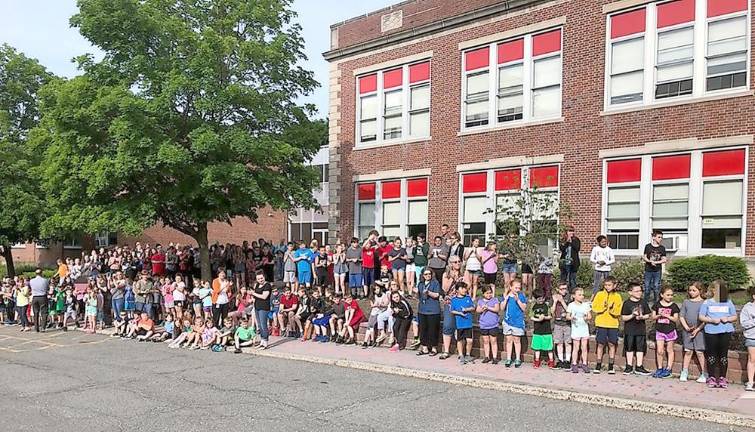Study: Ogdensburg is the most equitable school in New Jersey
Ogdensburg. Other schools in Sussex County, including Frankford, Stanhope, Wallkill Valley, and Sandyston-Walpack did very well in the WalletHub rankings. Experts say equitable funding can help prevent poor students from having lower graduation rates, lower rates of pursuing higher education, and smaller future incomes than their wealthy peers.

With more than half of teachers reporting significant learning loss With more than half of teachers reporting significant learning loss during the pandemic, but with poorer districts disproportionately affected, WalletHub on Aug. 3 released its report on the Most and Least Equitable School Districts in New Jersey. Ogdensburg made the top slot for most equitable school in the state.
To find out where school funding is distributed most equitably, WalletHub scored 540 districts in New Jersey based on two metrics: average household income and expenditures for public elementary and secondary schools per pupil.
Alongside this report, WalletHub also released rankings for the states with the most and least equitable school districts. New Jersey has the 9th least equitable school districts in the U.S. overall, but some districts within the state are fairer than others.
Ogdensburg spends $23,110 per pupil and has an average household income in the district of $89,091.
Other schools is Sussex County fared very well. The Frankford Township Consolidated School District ranked sixth out of 540 schools in New Jersey, spending $23,829 per pupil and with an average household income of $85,219.
The Stanhope School District ranked 26th and Wallkill Valley ranked 28th. Stanhope spends $22,178 per pupil and has an average household income in the district of $95,819. Wallkill Valley Regional High School spends $24,635 per pupil and has an average household income of $84,713.
Sandyston-Walpack Consolidated School District ranked 30th, spending $24,341 per pupil and with an average household income of $86,364.
Benefits of equitable funding
While the U.S. is one of the most educated countries in the world, it doesn’t provide the same quality elementary school or secondary school education to all students. In many states, more affluent school districts receive a greater amount of funding per student than poorer districts.
“If we make sure that every school district has equitable funding, students in less affluent communities will have a level playing field with students in wealthy districts. As a result, their graduation rates will increase, as will their likelihood to pursue higher education and earn larger incomes,” said Jill Gonzalez, WalletHub analyst.
Discrepancies between the rich and poor have been exacerbated even more this year by the Covid-19 pandemic. Low-income students have suffered the greatest “learning loss” due to partial or total remote learning, she said. One contributing factor is that people in low-income districts are less likely to have the technological resources they need.
States that provide equitable funding to all school districts can help prevent poor students from having lower graduation rates, lower rates of pursuing higher education and smaller future incomes than their wealthy peers. The difference is dramatic.
“College graduates have $524 to $1,112 higher median weekly earnings than people with a high school diploma and no college experience, depending on the degree,” Gonzalez said.
“To support underprivileged school districts in the wake of the Covid-19 pandemic, we should make sure that all schools have the resources they need to provide a robust education in the coming year,” she said. “The pandemic has caused a great amount of learning loss for students, with some months behind where they should be in a normal year. No matter how affluent a school’s community is, it should have enough funding for an effective catch-up year, including tutoring resources for students who have fallen behind.”
To view the full report, visit wallethub.com/edu/e/most-least-equitable-school-districts-in-new-jersey/77108.